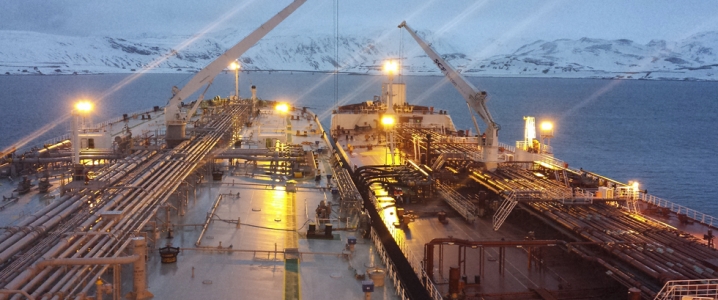In just one month, everyone stopped talking about $100 oil.
In six weeks, oil prices slid into a bear market from four-year highs in early October and booked their steepest one-day plunge in three years on Tuesday.
Early on Thursday, Brent Crude was just above $66 a barrel and WTI Crude was at $56, down about $10 from the average price in Q3.
Big Oil—which boasted soaring third-quarter profits on the back of stronger prices—now may have to show if it can continue the growing cash flow and profit trend with its conservative $55-65 oil price assumptions and breakevens for positive cash flows at around $50.
Oil prices are $10-15 above most of the biggest oil companies’ stated breakevens, but the price slide over the past month may put to the test the years of cutting costs and bringing project breakevens to as low as possible.
Breakevens at all oil majors may be lower than the current Brent Crude price, but the lower the price of oil, the less wiggling room Big Oil has to rake in more cash and reward shareholders.
“Higher volatility means they will continue to review if their economics work in a more bearish environment,” Christyan Malek, head of the European, Middle East, and Africa oil and gas research desk at JP Morgan, tells Bloomberg.
According to JP Morgan estimates, the break-even oil price for BP is $46 a barrel, for Total it’s $55, for Shell $58, for Equinor $48, and for Eni $59.
Relaed: Significant Crude Build Weighs On Oil Markets
Judging from comments of Big Oil’s top executives in recent months, $50 a barrel seems to be the watershed for most oil majors.
“As oil prices stay up over $50 a barrel, we will be surplus free cash as we go into 2020, and 2021. And, of course, we have said our breakeven goes down to $35-40 a barrel by the end of 2021, unless we chose to distribute to shareholders,” BP’s CFO Brian Gilvary said on the Q3 earnings webcast.
Total said in its strategy presentation in September that it had more than halved its post-dividend breakeven to $50 a barrel now, compared to 2014.
“The Group resolutely maintains its programs to improve operational efficiency and reduce the breakeven to remain profitable in any environment,” Total said in its Q3 earnings release.
Shell is aiming for its projects to be able to break even at $40 oil, CFO Jessica Uhl said at the Q3 earnings call.
Norway’s Equinor said in May that it expects to be free cash flow positive in 2018-2020 even at oil below $50 a barrel.
Eni has halved its cash neutrality point—the point at which it will be able to fund capex and dividend—from $114 a barrel in 2014 to $57 a barrel, the Italian major said in its 2018-2021 strategy presentation earlier this year. In the Q3 earnings release, Eni confirmed its cash neutrality for 2018 is at $55 per barrel oil. Related: Russia’s Most Powerful Oilman: We're Fine With Any Oil Price
In June, Eni said that its new upstream projects in execution, which account for 65 percent of the development investments in the segment, have a break-even lower than $30 a barrel.
Across the Atlantic, ConocoPhillips says it can break even at $40 oil.
“And so we’ve just really locked in our plans and said regardless of what the cycle is, and we’ve locked in a plan that says we can do this in a sub-$50 world. We can breakeven in a $40 world,” Chairman and CEO Ryan Lance said at a conference in May.
Big Oil’s cost-cutting efforts of the past few years have positioned the companies to make profits and generate cash at around $50-60 oil. With Brent at $66, the oil majors are still comfortably above breakevens, but further slides may really test their ability to continue raising profits and shareholder returns in a bear market in oil.
By Tsvetana Paraskova for Oilprice.com
More Top Reads From Oilprice.com:
- The Next Offshore Boom: Is Senegal The New Guyana?
- What’s Behind China’s Record Oil Imports?
- Non-OPEC Oil Output Soars Despite Price Slide


















